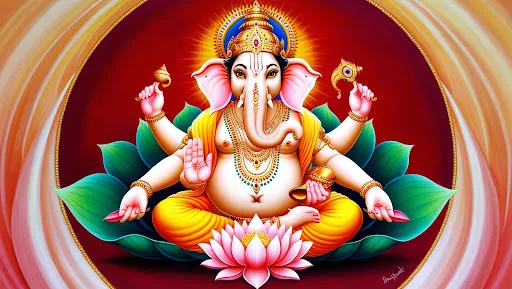Lord Ganesha and His Connection to the Chakras: A Spiritual Insight
In Hinduism, the connection between deities and chakras is not explicitly defined in the same way it is in certain practices of Kundalini yoga and other spiritual disciplines. Chakras, the energy centers within the human body, are primarily linked to different aspects of spiritual and physical well-being, rather than being directly associated with specific deities.
However, Lord Ganesha holds a special place in Hindu tradition as the remover of obstacles and the harbinger of wisdom and intelligence. While he is not traditionally regarded as the guardian of any specific chakra, his influence is often invoked in association with the Muladhara chakra, also known as the root chakra.
The Muladhara Chakra and Its Significance
The Muladhara chakra is located at the base of the spine and is considered the foundation of the body’s energy system. It governs themes of stability, security, and the fundamental sense of being grounded. As the starting point for one’s spiritual journey, the Muladhara chakra is crucial for establishing a strong base for personal growth and development.
Lord Ganesha and the Root Chakra
Lord Ganesha’s attributes align closely with the essence of the Muladhara chakra. His role as the remover of obstacles makes him an essential deity to call upon when working with challenges related to security, stability, and foundational growth. By seeking Lord Ganesha’s blessings, individuals aim to clear their path of physical, emotional, and spiritual hindrances, allowing for a balanced and harmonious energy flow.
Although Lord Ganesha is not the exclusive deity linked to the root chakra, his energy and symbolism resonate deeply with its themes. His guidance is often sought at the start of new endeavors, much like the Muladhara chakra serves as the beginning point of spiritual awakening. This association highlights the synergy between Lord Ganesha’s qualities and the transformative potential of the root chakra.









